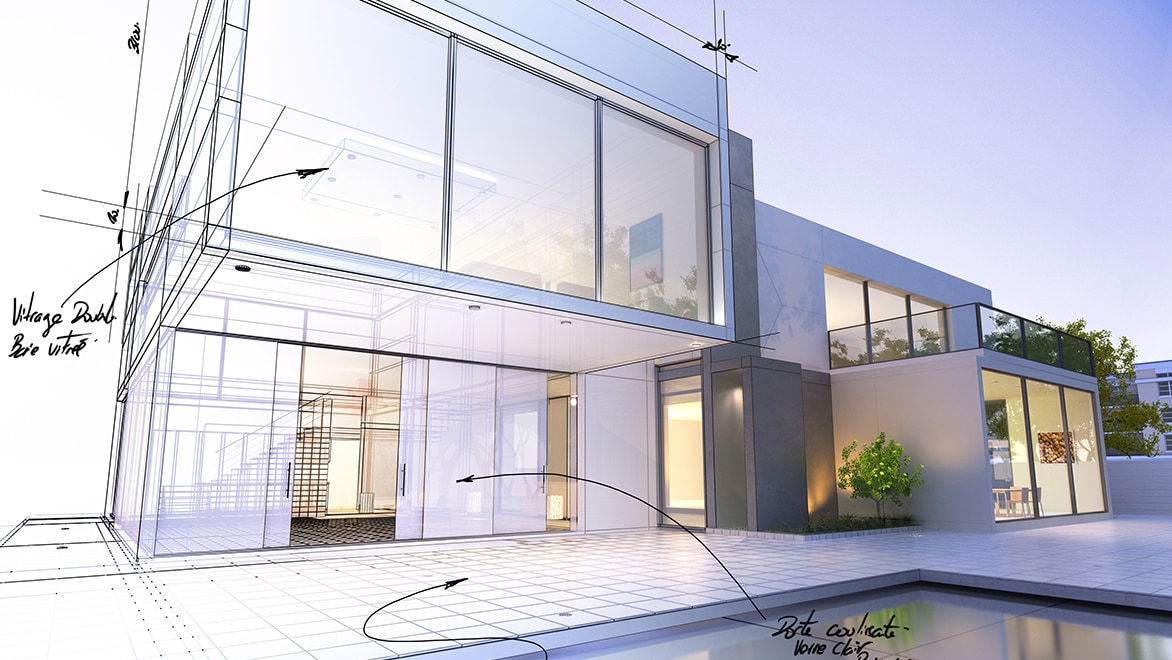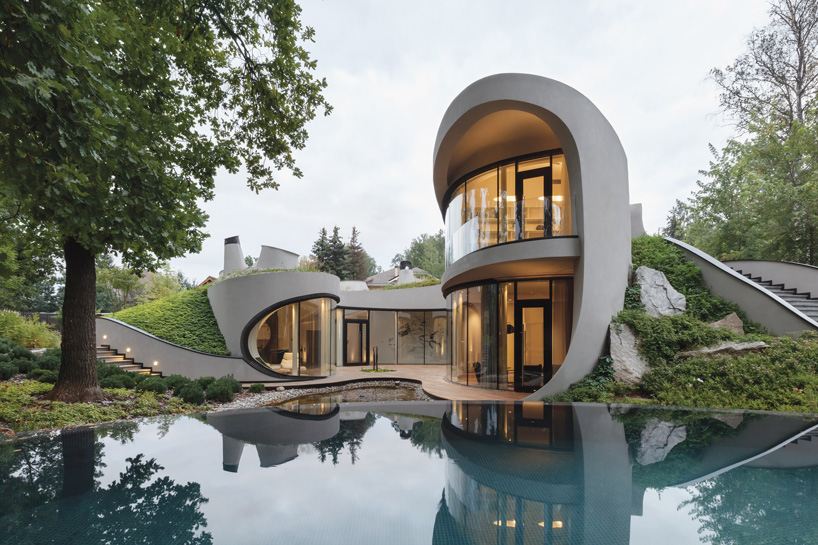Why CDA Architects Are Leaders in Architectural Style and Advancement
Why CDA Architects Are Leaders in Architectural Style and Advancement
Blog Article
Recognizing the Collaborative Refine Between Designers and Designers in Modern Construction Projects
The collaborative procedure in between designers and engineers is important in modern building and construction tasks, as it integrates style intent with engineering feasibility. Discovering these characteristics reveals insights that could substantially affect job outcomes and total market standards.
The Importance of Cooperation
The collective harmony between designers and engineers is crucial for the successful realization of any kind of building task. This collaboration brings together distinct knowledge and viewpoints, allowing the combination of cutting-edge design with sensible engineering remedies. By collaborating, architects and designers can ensure that a job not only satisfies visual and functional needs but likewise complies with security, sustainability, and monetary constraints.
Partnership cultivates a shared vision, facilitating the placement of objectives and expectations from the beginning. This placement is essential in resolving potential challenges and mitigating threats that can develop throughout the project lifecycle. Furthermore, a joint technique enables the effective allowance of resources, enhancing both time and price.
The relevance of partnership reaches the repetitive procedure of layout and construction, where feedback from engineers can notify architectural decisions, causing even more practical and lasting layouts. Alternatively, engineers can motivate designers to assume artistically concerning how to accomplish architectural stability without jeopardizing creative intent. Eventually, the collective connection between architects and designers is not just beneficial; it is fundamental to the production of high-quality, useful, and cutting-edge constructed atmospheres that satisfy the needs of society.
Interaction Strategies and Devices
Efficient communication strategies and devices are crucial for promoting collaboration in between engineers and engineers throughout the project lifecycle. Developing clear networks of communication is vital to guarantee that all employee are lined up with project purposes, timelines, and duties. Normal meetings, both in-person and virtual, give chances for stakeholders to talk about progression, address worries, and make notified choices.

Furthermore, adopting joint communication devices, such as Slack or Microsoft Teams, allows for immediate messaging, file sharing, and recurring discussions, advertising a more agile action to emerging concerns. Paper management systems likewise play an essential duty in organizing job documentation, making certain that all team participants have access to the most current details.
Shared Goals and Task Vision
A combined task vision serves as the structure for successful partnership in between designers and engineers (cda architects). This common vision not just aligns the initiatives of both events but likewise establishes an usual structure for decision-making throughout the project's lifecycle. By more tips here verbalizing clear objectives, stakeholders can efficiently browse the intricacies of modern-day construction projects, guaranteeing that both visual and useful needs are fulfilled
Establishing shared goals includes open discussion and a detailed understanding of each technique's payments. Architects generally concentrate on design intent, spatial connections, and individual experience, while designers highlight architectural integrity, systems performance, and compliance with policies. When these point of views are lined up, the outcome is a cohesive task that follows both imaginative ambitions and technical feasibility.
Furthermore, a distinct project vision cultivates responsibility among group participants, urging each individual to take possession of their function in attaining the wanted end result. Normal check-ins and collective workshops can even more strengthen this commitment, allowing for adjustments to be made as the project progresses. Eventually, a common vision not only enhances team effort but additionally raises the top quality of the final deliverable, leading to effective project conclusion.
The Role of Modern Technology
Leveraging technology has ended up being crucial in enhancing collaboration between designers and designers. Structure Details Modeling (BIM) stands out as a pivotal innovation, enabling both engineers and designers to develop detailed 3D models that encapsulate design intent and structural stability.
Moreover, cloud-based platforms make it possible for smooth cooperation, enabling job stakeholders to gain access to and update project information from anywhere. This cultivates a culture of transparency and accountability, as changes can be tracked and assessed in real-time. In addition, mobile applications more improve communication, providing on-site groups with prompt access to project requirements and updates.
Arising innovations such as artificial knowledge and artificial intelligence are likewise beginning to contribute in predictive about his evaluation, assisting teams identify possible problems prior to they develop. Eventually, the role of modern technology in architecture-engineering collaboration not just enhances operations effectiveness but likewise enhances technology, causing more successful task outcomes. By welcoming these technical developments, engineers and designers can ensure an extra cohesive and efficient collaborative procedure throughout the building lifecycle.
Situation Studies in Effective Partnerships
Countless situation studies show the extensive impact of efficient partnerships in between engineers and engineers on project end results. One significant example is the partnership on the High Line in New York City City, where landscape engineers, designers, and urban coordinators interacted to transform an abandoned railway into a lively public park. This multidisciplinary approach not only boosted the visual high quality yet also made sure architectural safety and environmental sustainability.

The Burj Khalifa in Dubai even more shows the significance of joint initiatives - cda architects. The combination of architecture and design proficiency enabled the task group to accomplish unmatched heights while sticking to safety and security regulations and visual vision
These instances emphasize the significance of interaction, trust fund, and shared objectives. In today's complicated building atmosphere, such partnerships are necessary to navigating challenges and providing projects that fulfill both practical and visionary goals.
Final Thought
Finally, the cooperation between engineers and engineers is essential for the success of modern-day construction tasks. Effective interaction techniques, a common project vision, and the assimilation of advanced modern technologies are crucial parts that facilitate this collaboration. By fostering a culture of liability and leveraging tools such as Structure Information Modeling (BIM), groups can navigate job intricacies, guaranteeing that visual, useful, and sustainability objectives are attained. Ultimately, this synergy brings about innovative and successful task outcomes.
Report this page